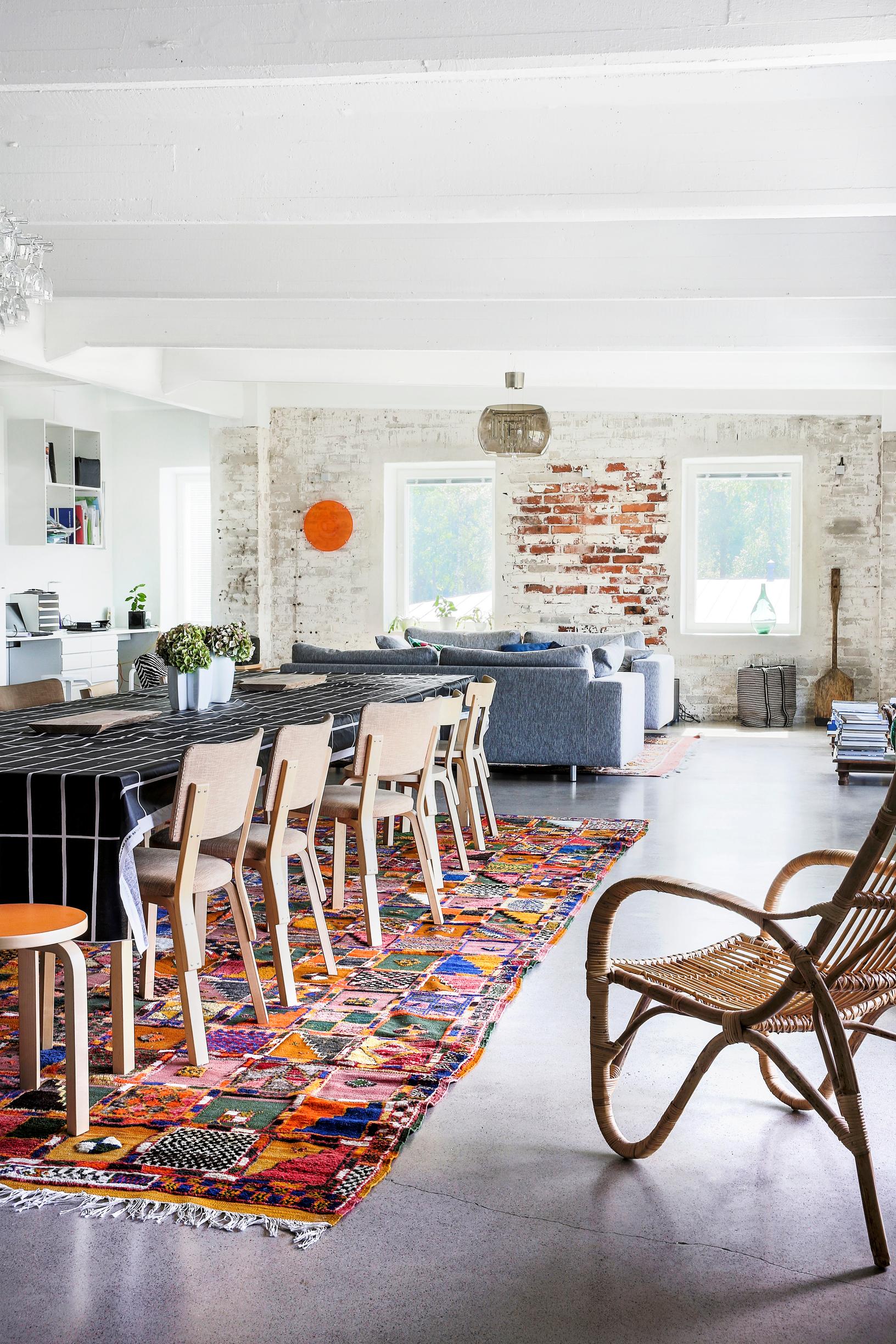
An abandoned factory is now a luxurious apartment building—Anu and Tony’s massive project took eight years
You’d never guess that this magnificent little apartment building by the sea was once a shabby factory. Anu and Tony Pelander designed the interior of their spacious loft home to honor the spirit of the old Vartsala house factory.
Inside, it was dirty, dark, and damp. The floor was covered in piles of bricks and concrete rubble. The roof’s underside was coated in moss, and you could barely see the view from the upstairs window openings.
The huge space gradually came into view for Anu Pelander in the light of a headlamp, revealing something extraordinarily intriguing.
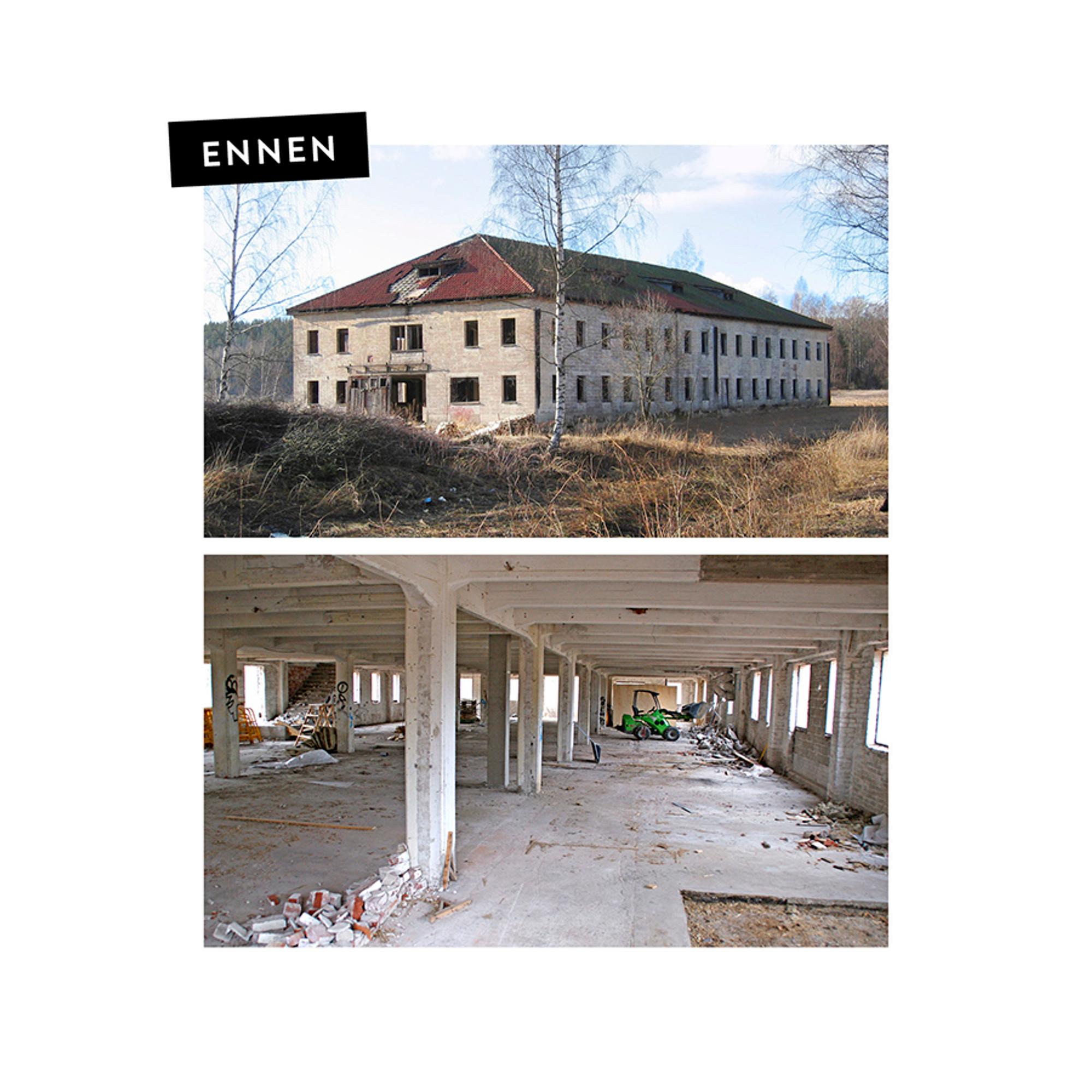
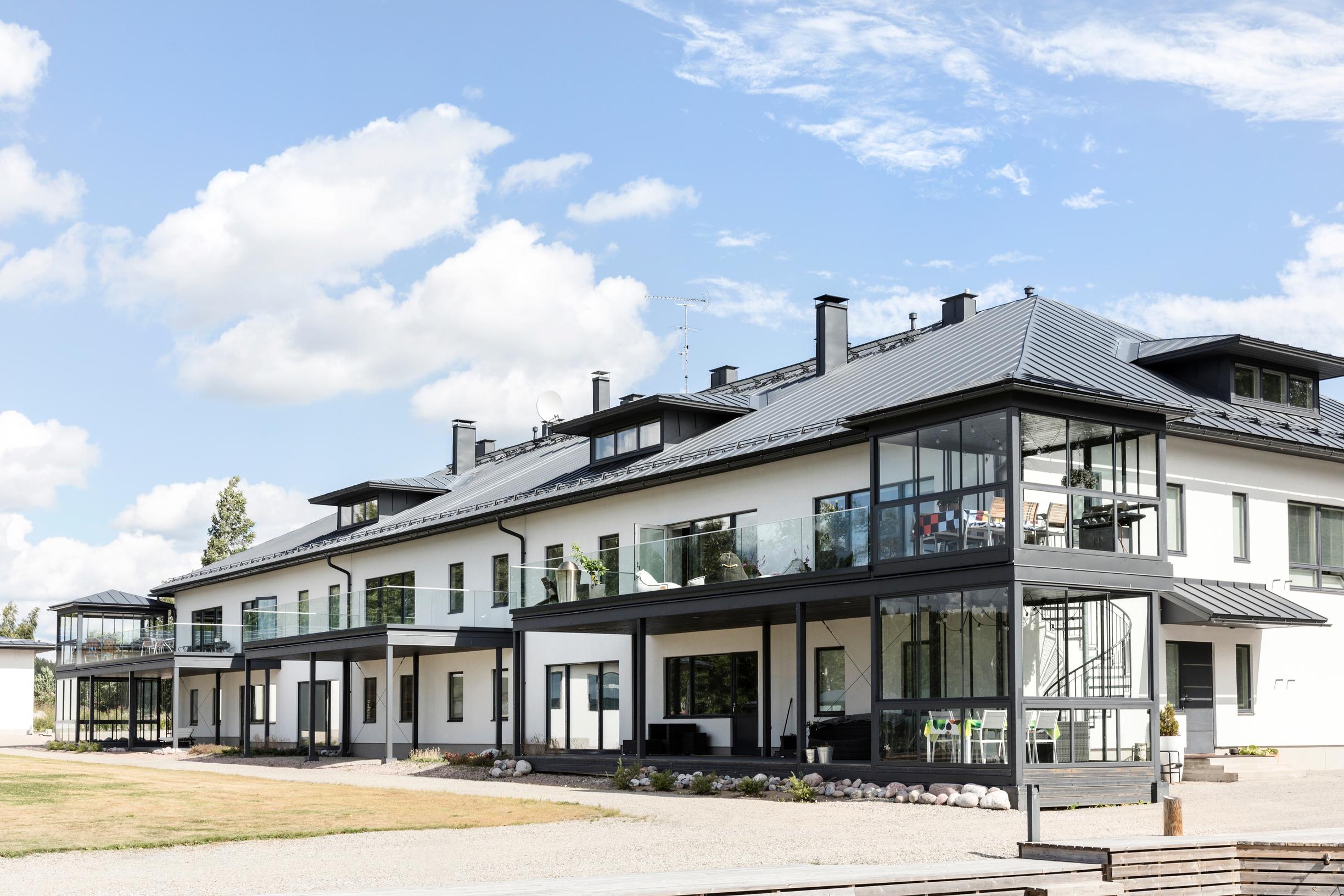
And here we are now, in the middle of an urban living room with a heated concrete floor stretching an impressive 17 meters. Thick concrete beams on the ceiling and partially exposed brick walls recall the building’s former life as a house factory.
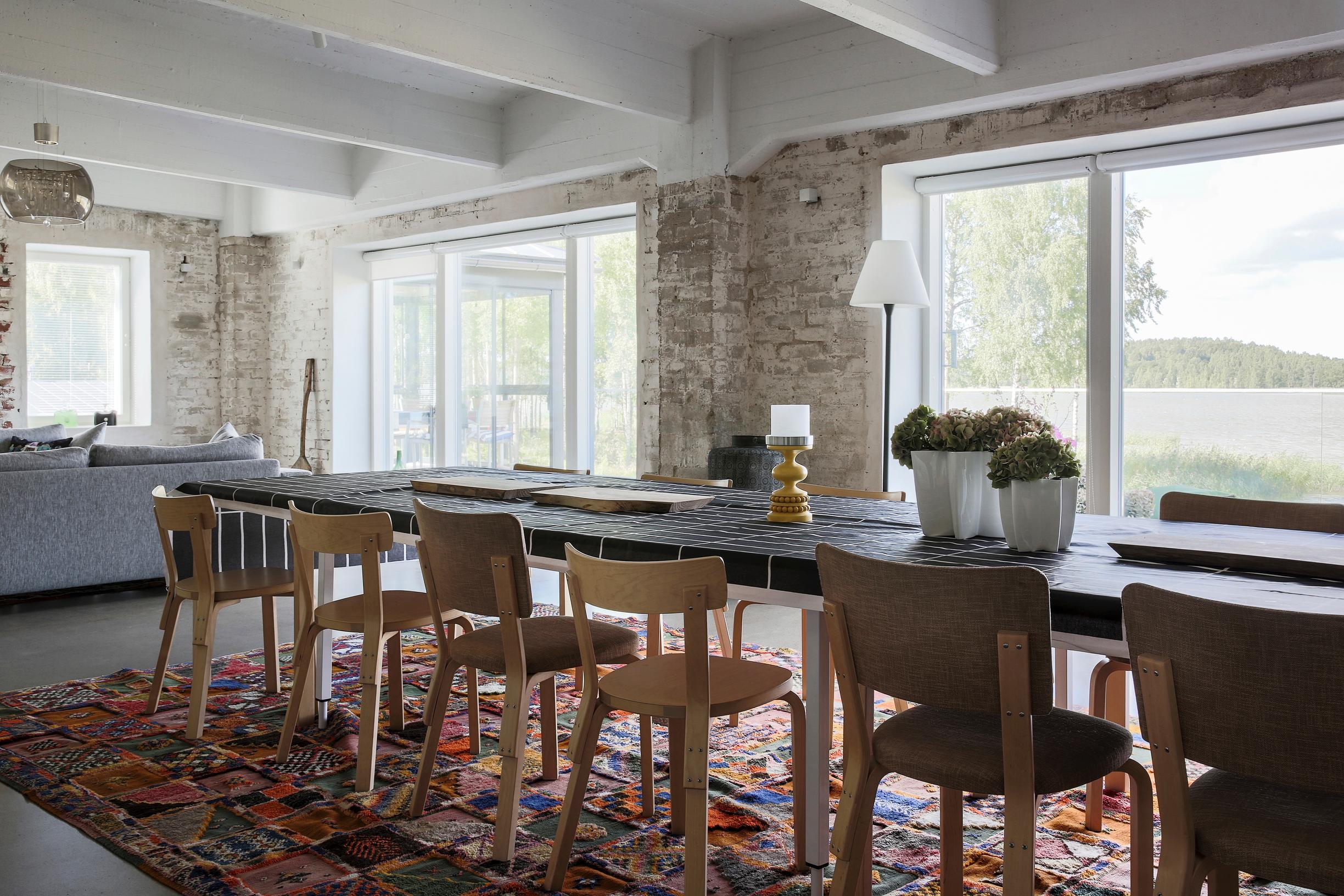
A five-meter-long dining table runs through the spacious area, resting on a 28-square-meter Moroccan rug. Cozy sofa sets are arranged at both ends of the room.
“Furniture needs to be big. Small pieces just vanish in a space this large,” Anu says.
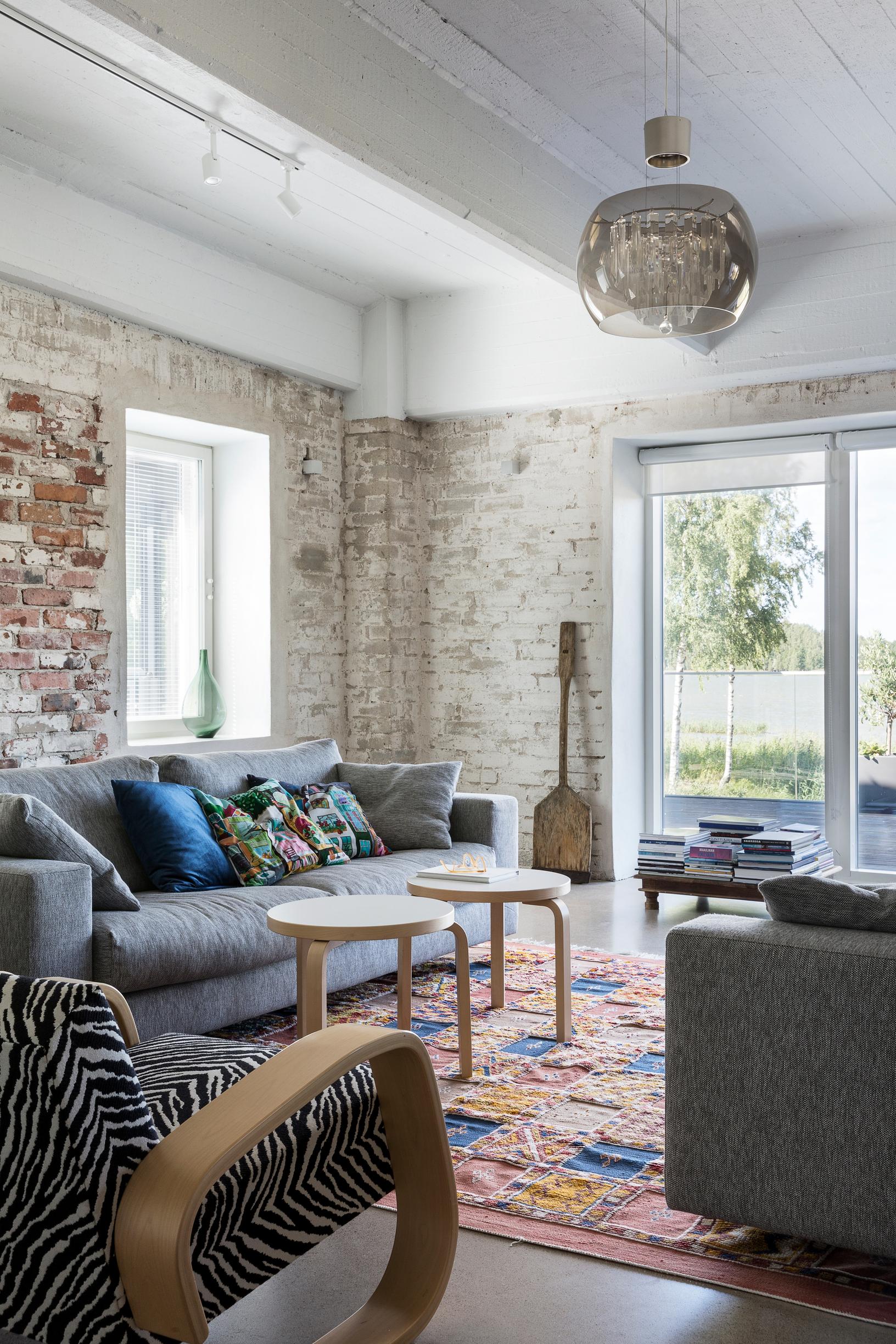
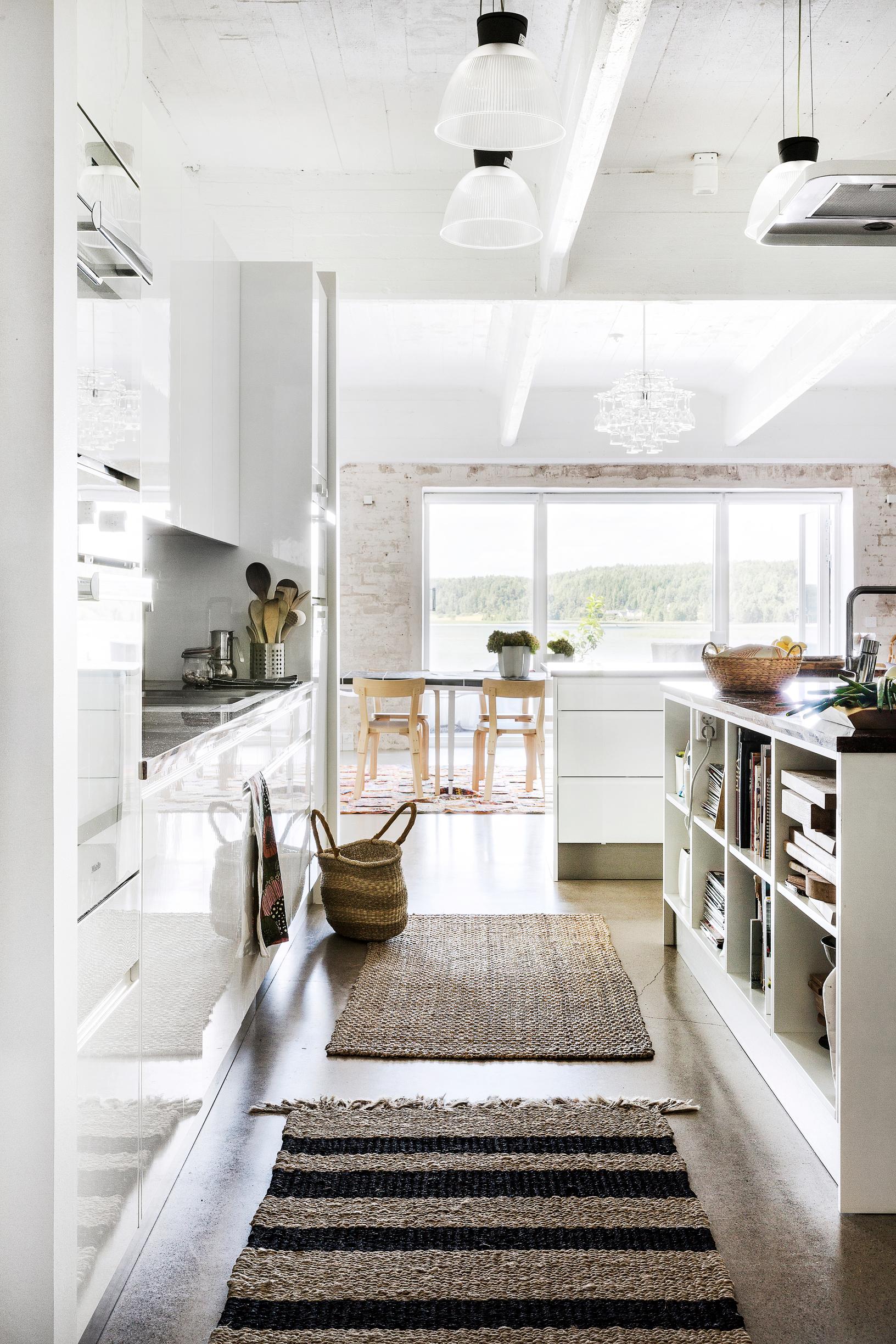
Anu, who runs the Design Hill interior shop, doesn’t remember feeling anxious about her husband’s idea to turn an abandoned factory into a small apartment building. The old factory had been deserted for years before Tony Pelander set his sights on it.
“Tony is always coming up with ideas for one project or another. We both love to plan and renovate. Knowing he had top-notch builders put my mind at ease,” Anu says.
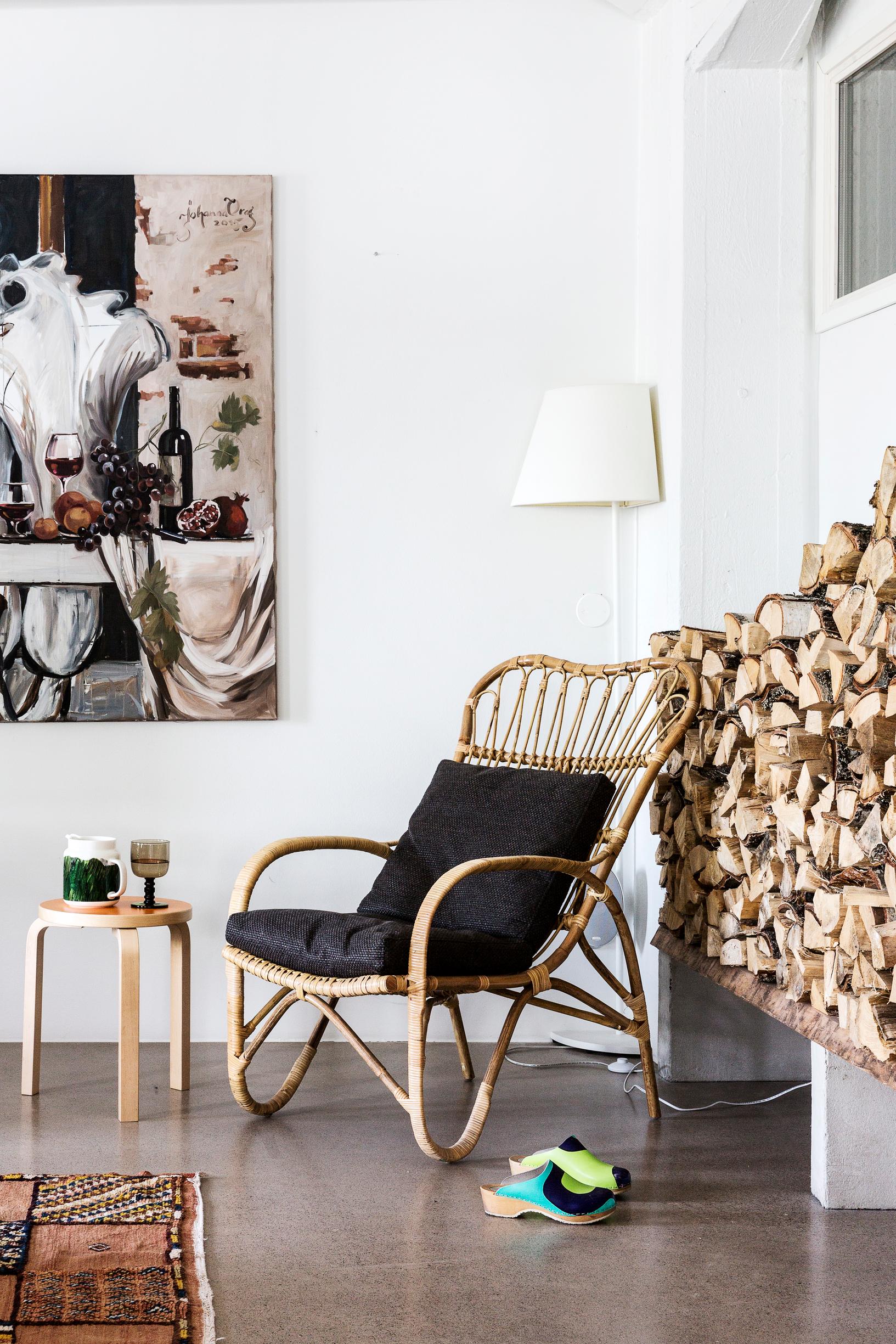
The idea to rebuild wasn’t just a whim. It had been on the engineer’s mind since the 1990s, when he and his friends used to surf near the old sawmill. The big brick structure along the waterfront made quite an impression. Later, Tony returned with a friend to take a closer look at the so-called haunted house’s shell.
“In the late ’90s, we didn’t have the courage to tackle such a big, demanding project yet,” Tony says.
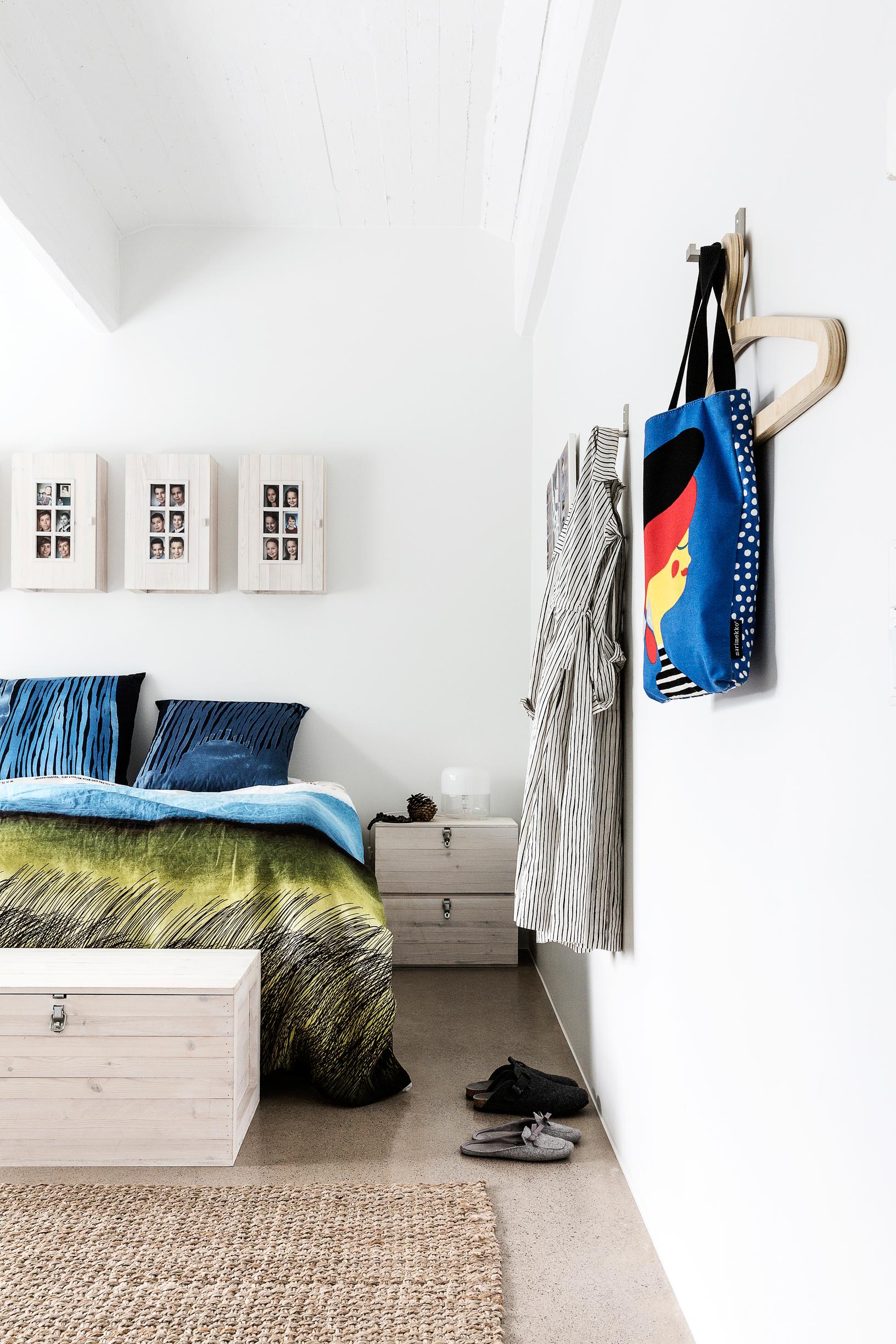
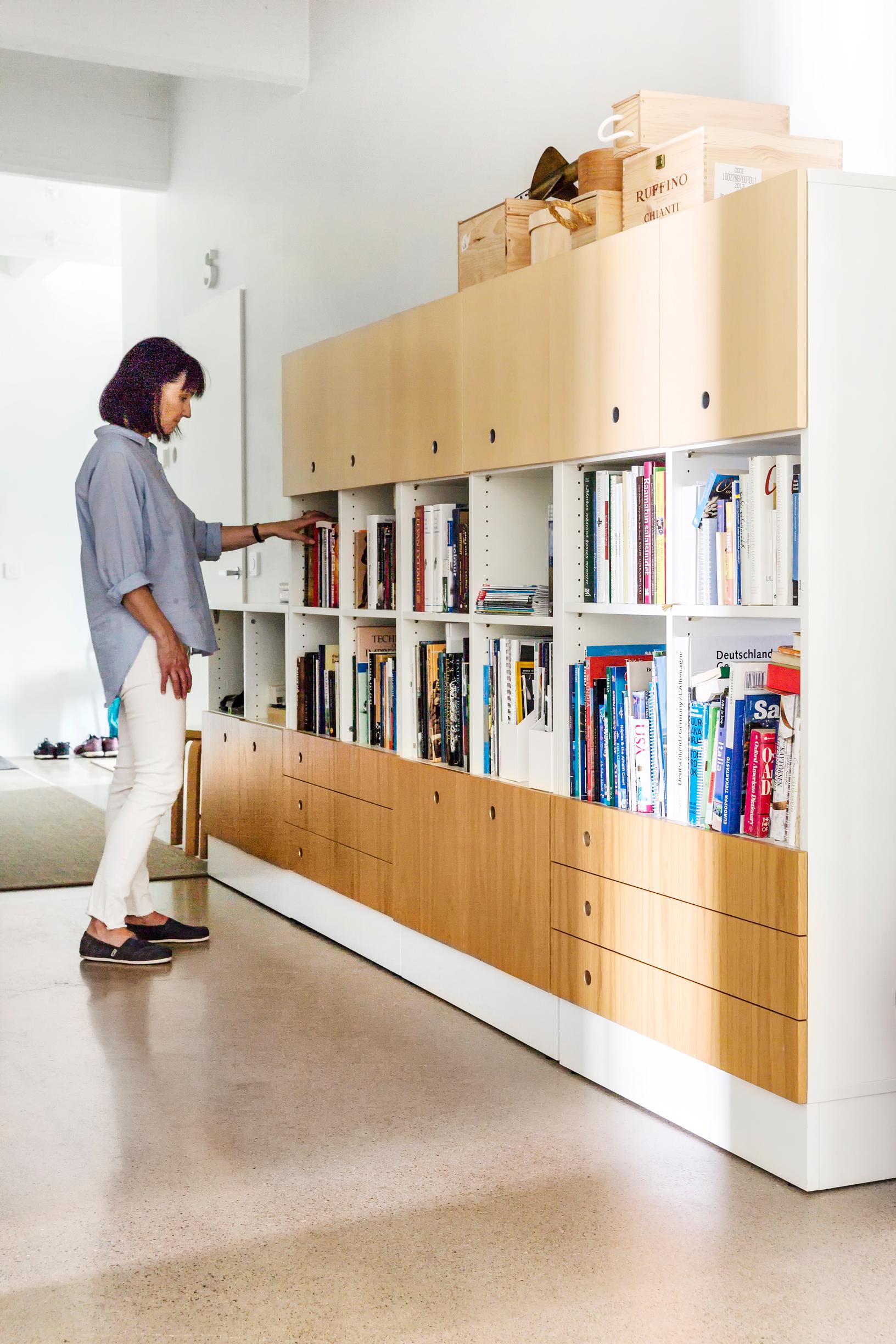
One autumn day five years later, Tony headed by motorboat to Vartsala. When he saw the old house factory, the project idea became clearer. It felt like the perfect challenge for a man who had already renovated a 1930s functionalist home for his family and built two industrial halls for his companies.
“When we realized the factory’s frame was still straight, we figured the foundations must’ve been solid. The house has a cast-in-place concrete frame, and the apartments can be thoroughly soundproofed. That’s where it all began,” Tony says.
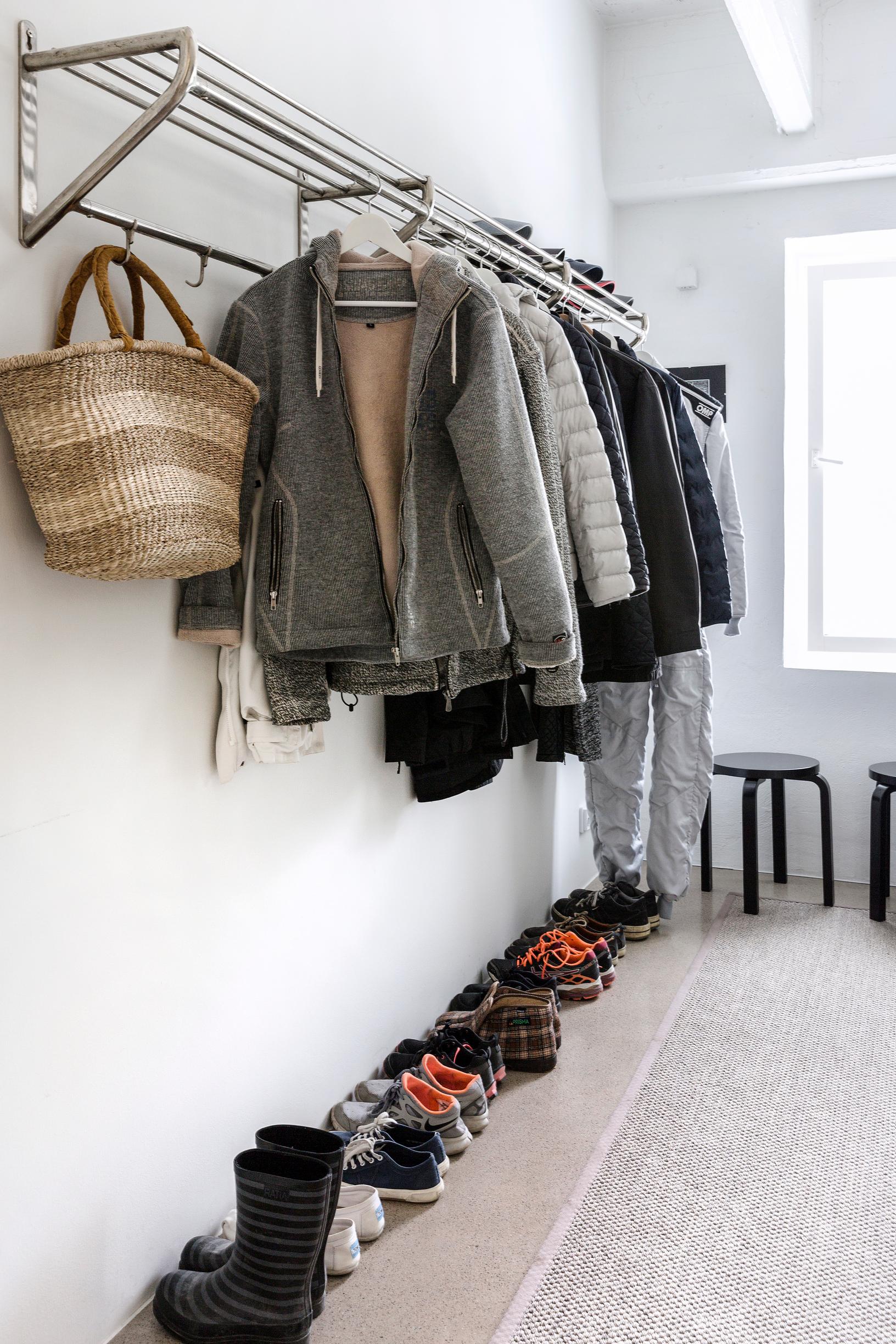
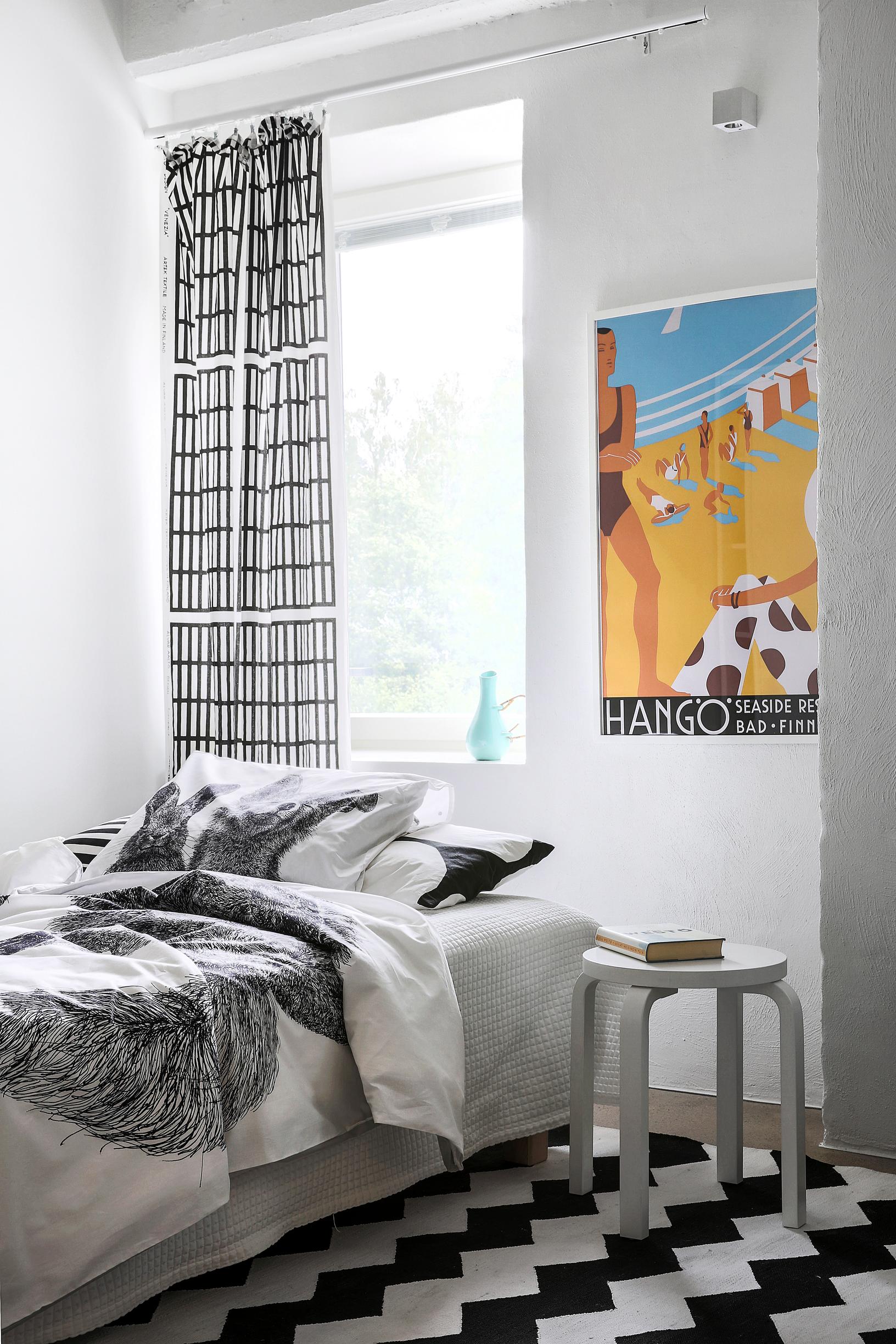
The purchase went smoothly once they received confirmation that factory could be converted into a housing company.
“That was key to the entire project. I wanted to build an energy-efficient small apartment building that would be easier to maintain and more cost-efficient than a single-family home,” Tony says.
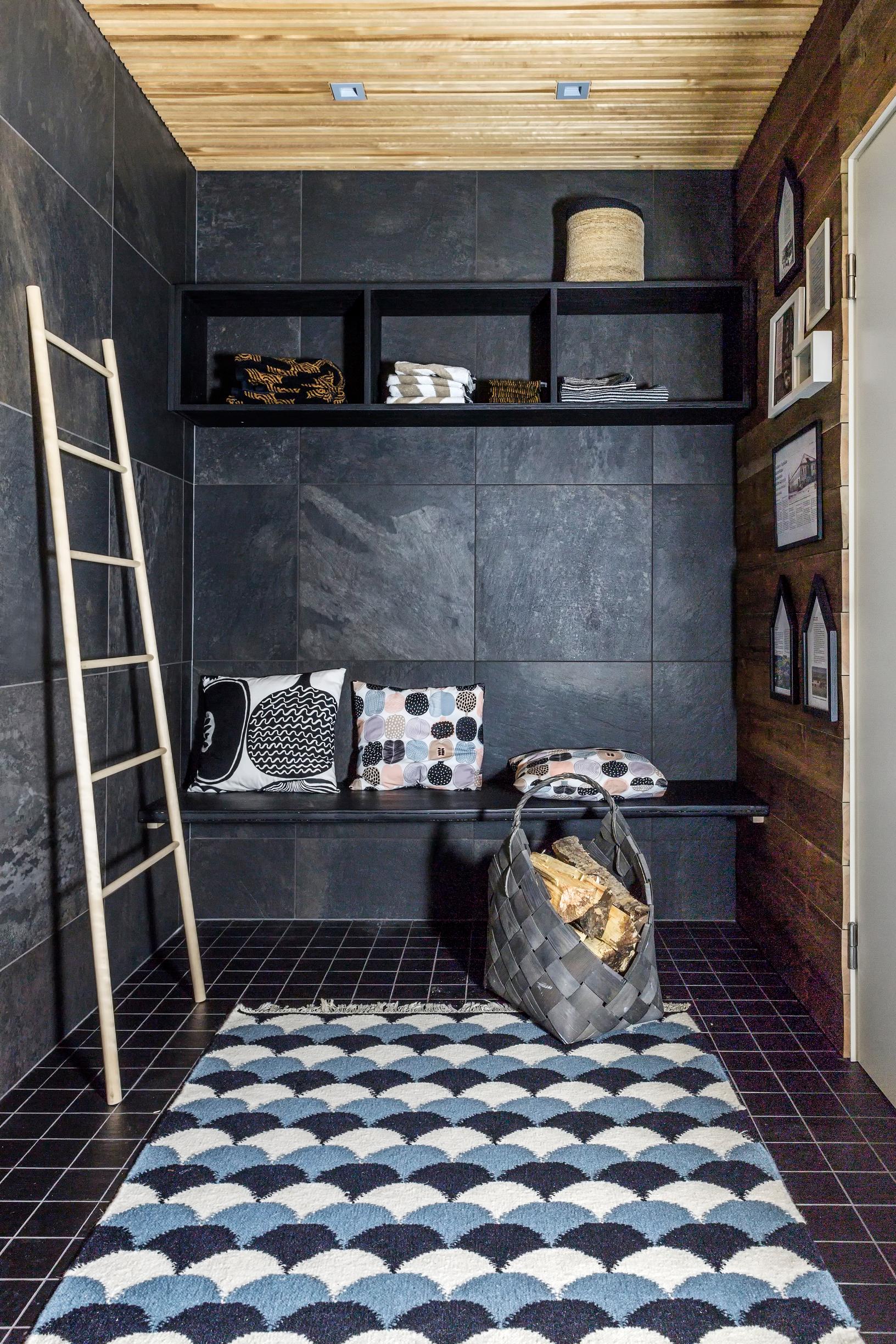
The Pelanders spent three years collaborating with architect Mertsi Toivonen on the home’s interior and exterior design, allowing the structure to dry thoroughly.
The abandoned factory building was transformed into a modern apartment building reminiscent of a Danish country house, heated by geothermal energy. Large balconies and terraces, plus windows with black metal frames, define its appearance.
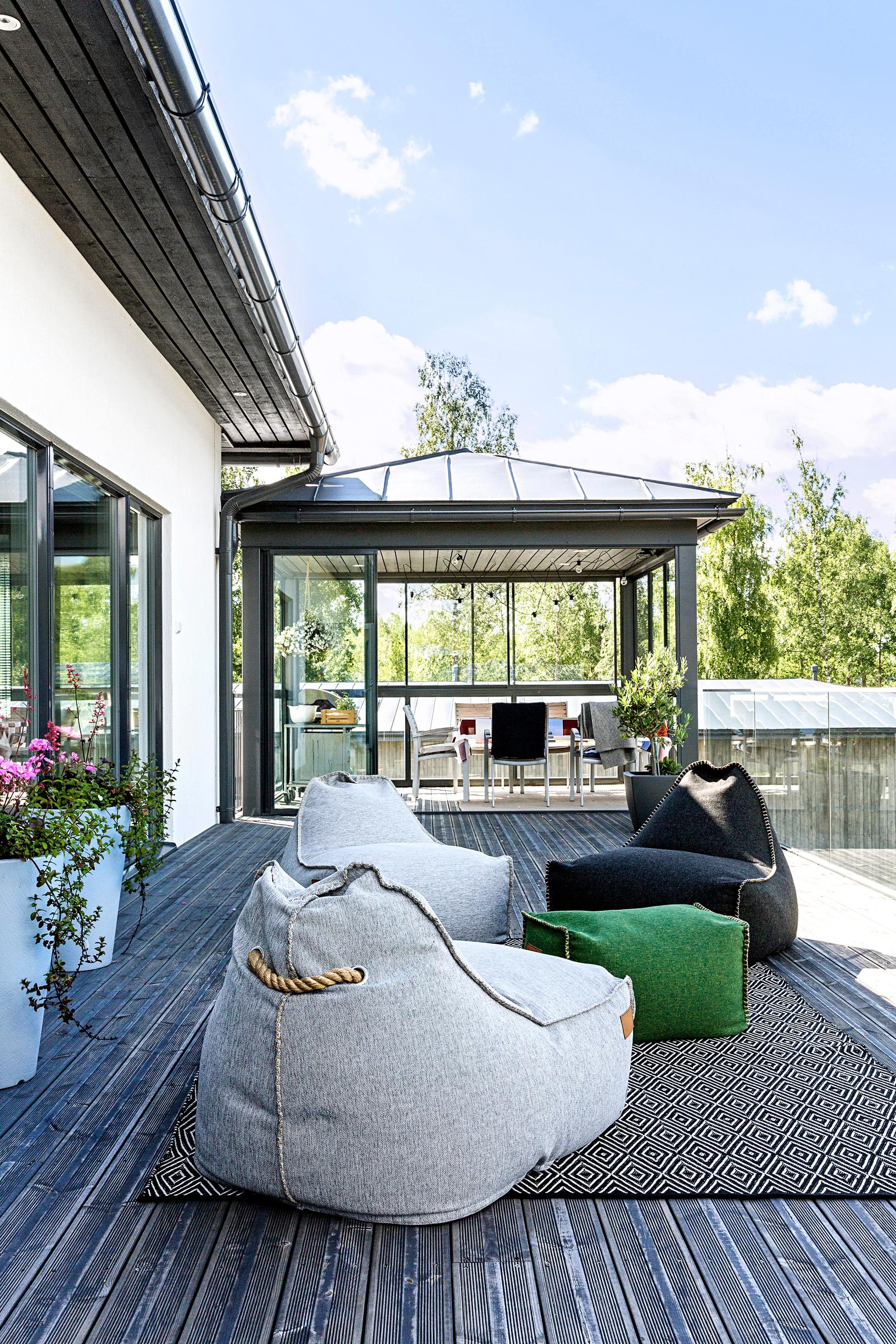
The Pelanders’ 300-square-meter loft is on the second floor at the building’s south end. Its windows overlook the boat shed, built at Tony’s request. It’s truly a boater’s dream: those who want to can navigate the old log-floating channel almost right to their front door.
Other shared amenities include a glass structure resembling a greenhouse, which holds a swimming pool and a small fireplace area.
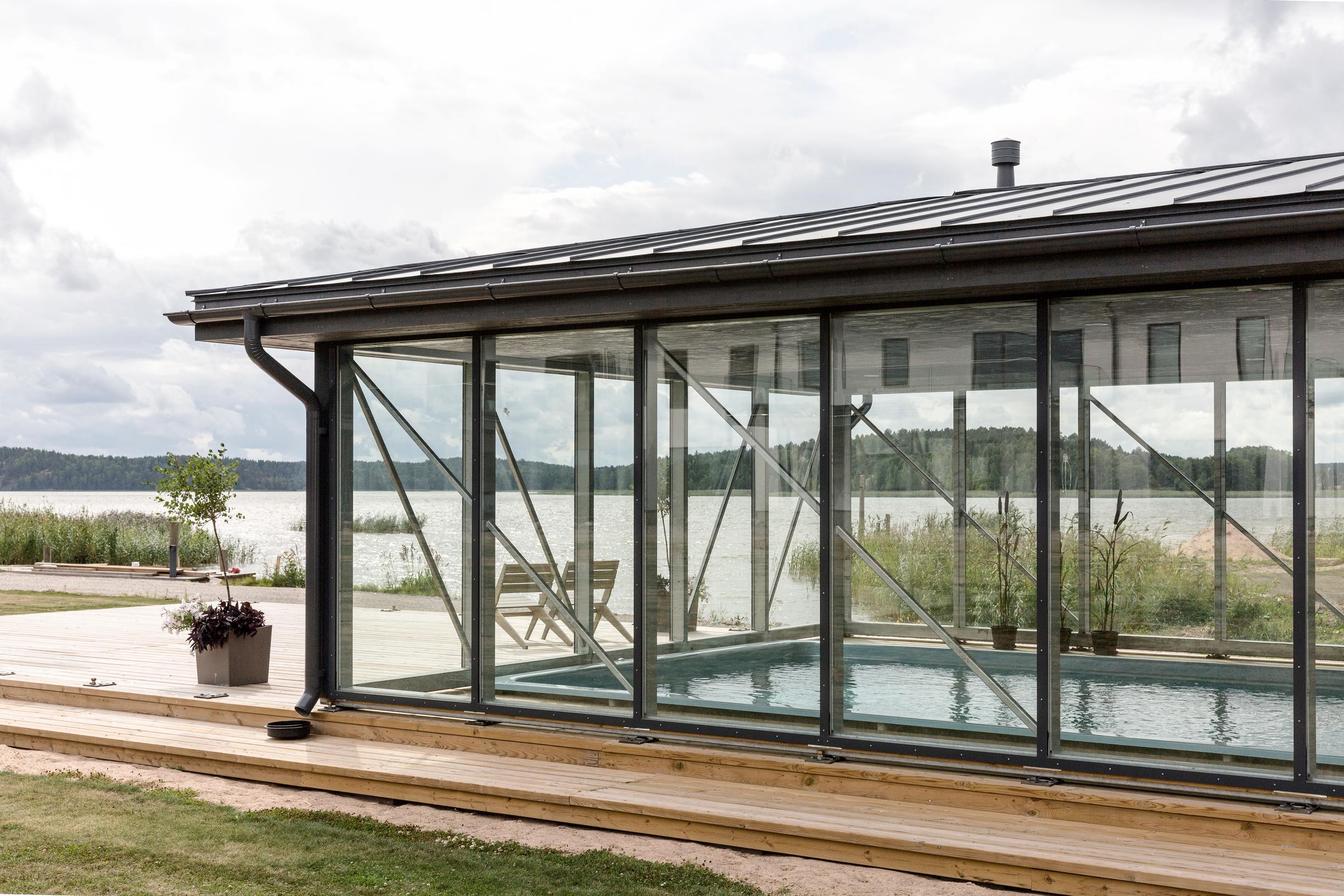
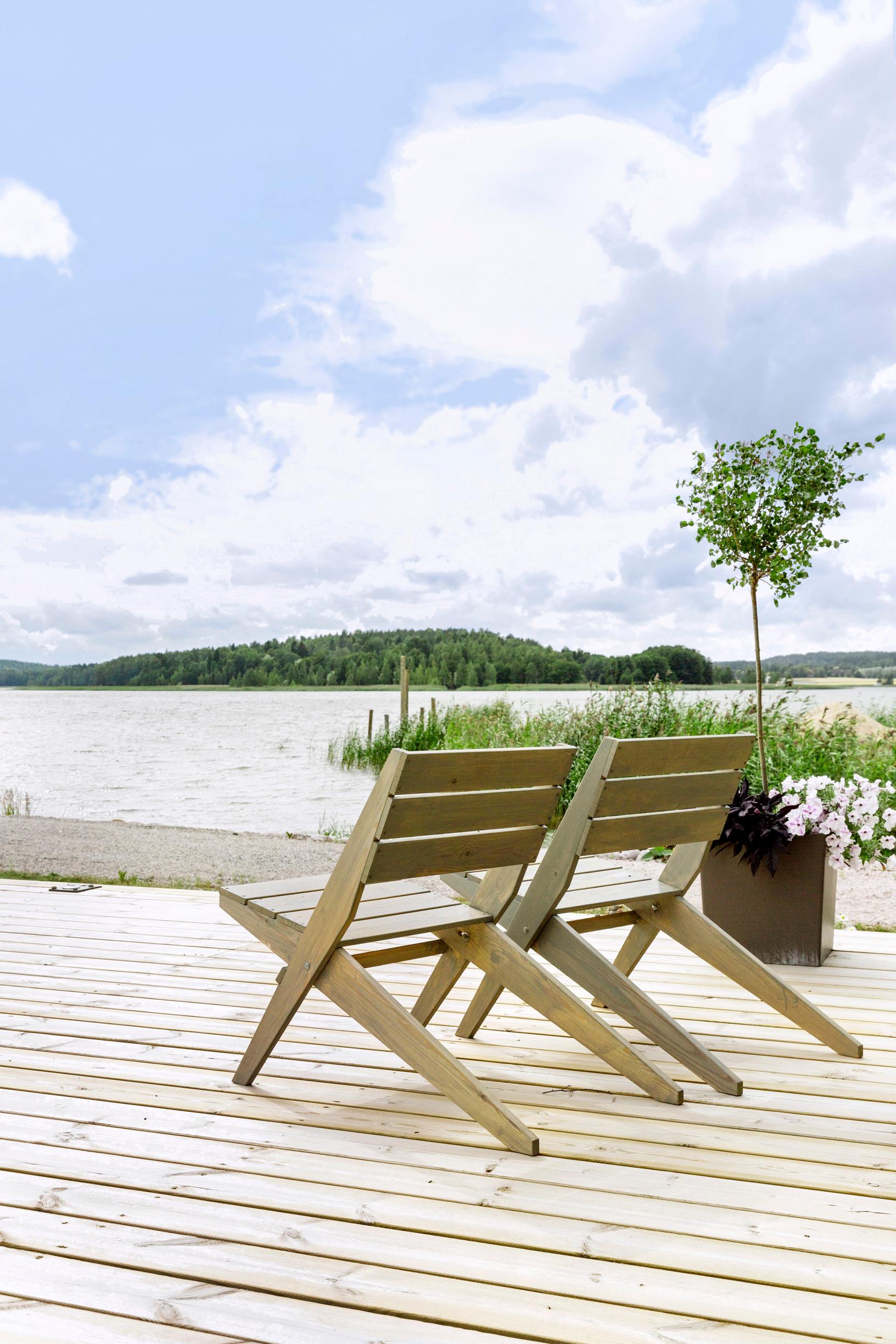
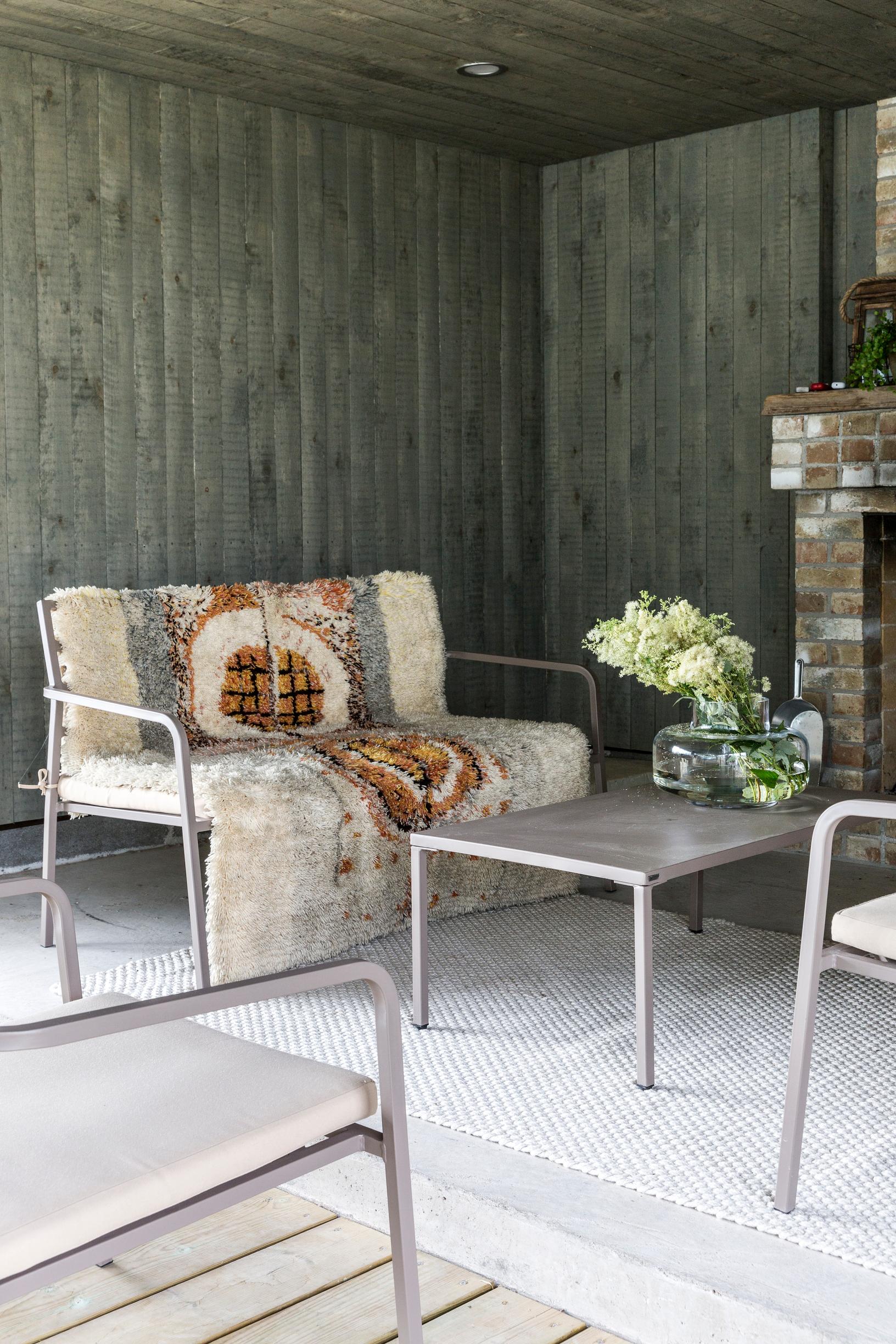
“There’s so much old wood on the seabed that swimming from the shore is a bit tricky,” Anu says.
Anu and Tony designed the interior to match the factory’s character. They divided the big space by thinking about which activities would work best in each area.
The open kitchen leads to the living room, while the hallway off the entry holds the sauna, wash areas, and bedrooms. Almost all the furniture was brought from their previous home.
“We love Scandinavian style and timeless furniture you can place almost anywhere,” Anu says.
She built a table for 12 by combining three vintage Artek dining tables. They added more chairs and stools around it.
“Furnishing this place was easy because we only have a few pieces, even though they’re large,” Anu says.
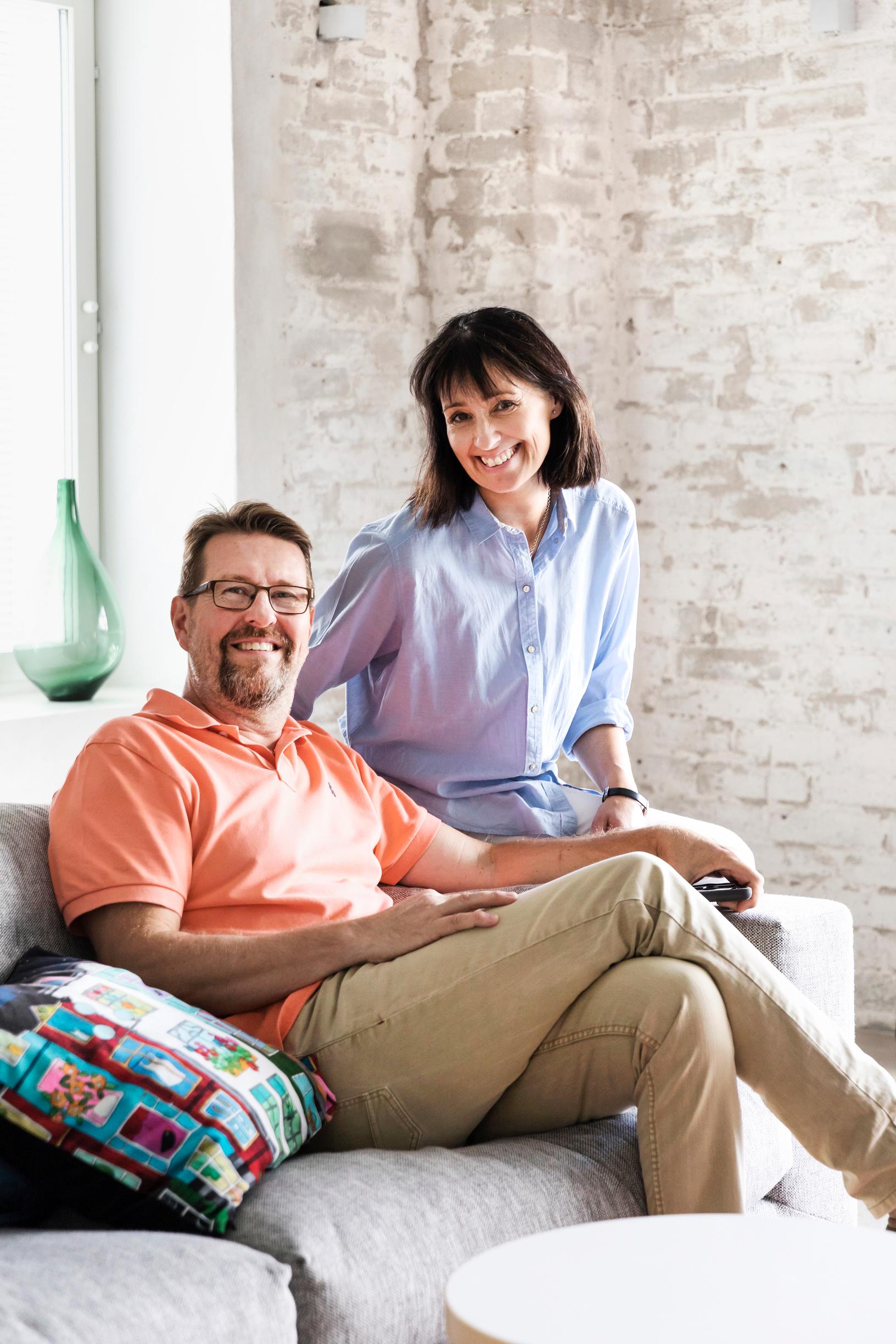
This large urban space and its materials call for ample lighting. Anu estimates there are 117 discreet LED fixtures built into the ceiling, walls, and floor. The home also has pendant lights and floor lamps that add ambiance.
“Lighting shows off the space’s best features. Poor lighting can ruin the whole vibe,” Anu says.
In spring and summer, the sun blazes inside, so they tame the heat with translucent, heat-blocking roller blinds.
Over the last three years, the ocean view here has become a treasured part of their day-to-day life.
“Every morning, it’s just as breathtaking and always feels new to us.”


